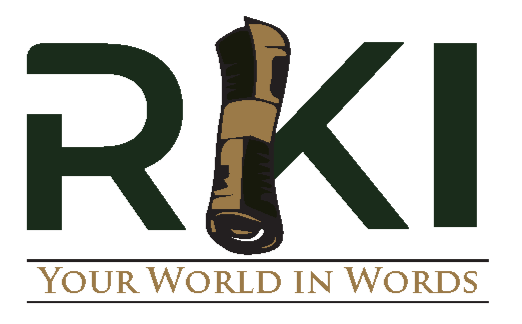rki.news
TEHRAN, June 27, Life in Tehran is slowly returning to normal following the fragile ceasefire between Iran and Israel, but the scars of conflict remain deep among residents.
At the Boof café, nestled within the walls of the former U.S. embassy, barista Amir hopes for improved ties with the West. “U.S. sanctions hurt our business,” he says, as Iranians cautiously emerge from days of violence.
Just a short drive away, the charred remains of Iran’s state TV headquarters bear witness to the destruction. Israeli strikes on June 16 reduced the IRIB studio to ash, silencing what Israel claimed was a “military propaganda hub.” Supreme Leader Ayatollah Khamenei’s speech was instead aired from a nearby office the only one left intact.
At Taleghani General Hospital, staff continue treating hundreds injured in the 12-day war. “The injuries were the worst in my 32 years,” says head nurse Ashraf Barghi. Casualties surged after an Israeli missile struck near Evin prison on June 23, wounding both soldiers and civilians.
Iran’s health ministry reports 627 killed and nearly 5,000 injured. Though traffic clogs streets again and bazaars reopen, many remain fearful. “We tried so hard to build better lives,” says Mina, weeping near the Azadi Tower. “Now, there’s only heartbreak.”
As the Tehran Symphony Orchestra plays to calm the city, voices from both sides of Iran’s political divide call for peace and greater freedoms. “They have to listen to the people,” urges Ali Reza.
The ceasefire may have paused the bombing, but Tehran’s residents await real stability and a future free from fear.

Leave a Reply